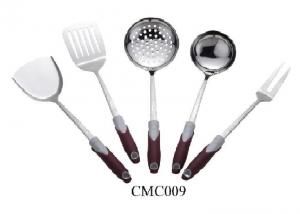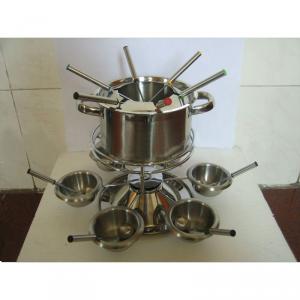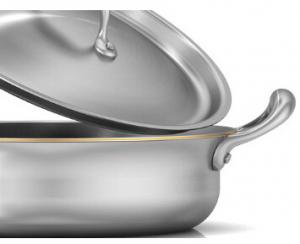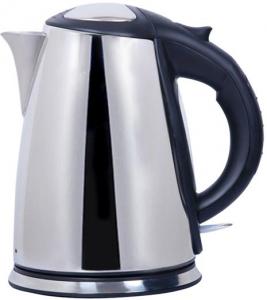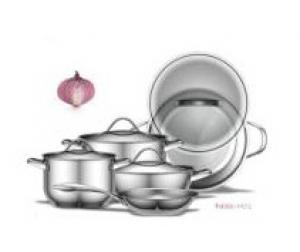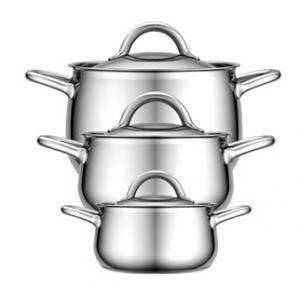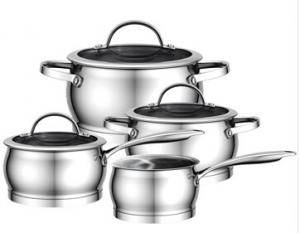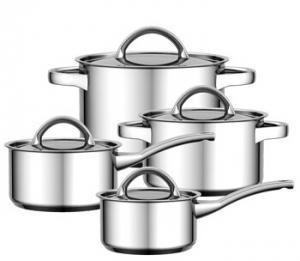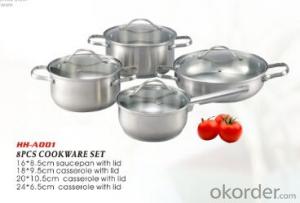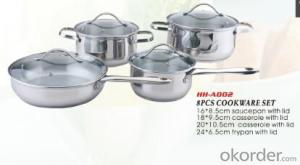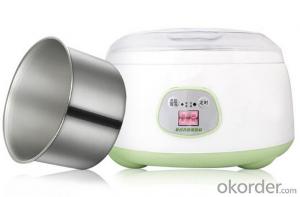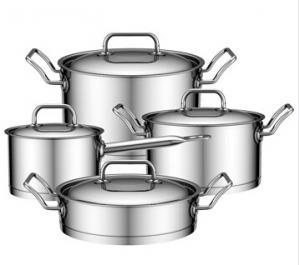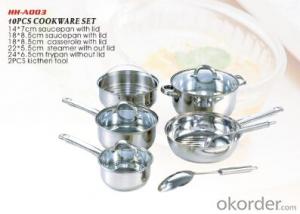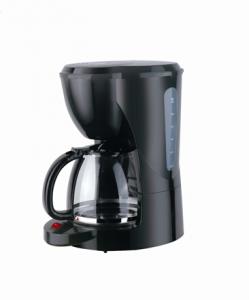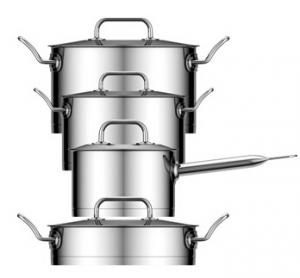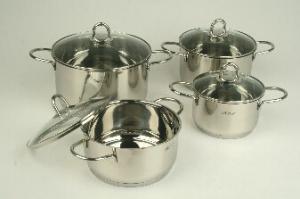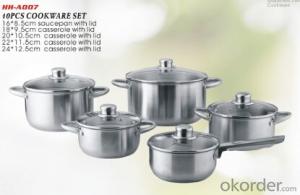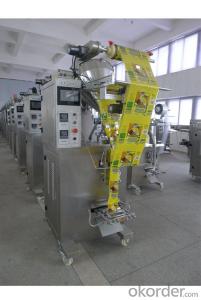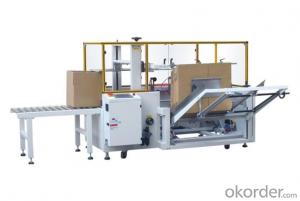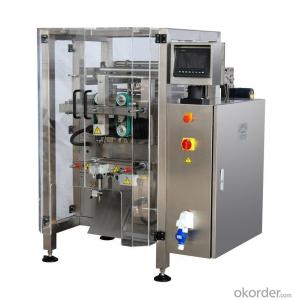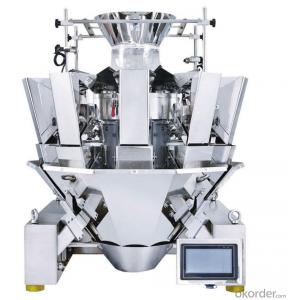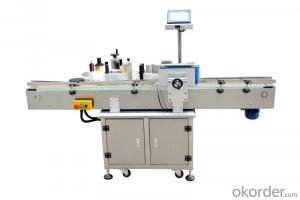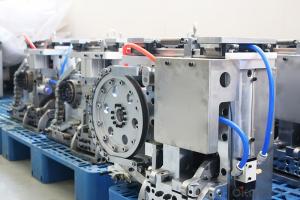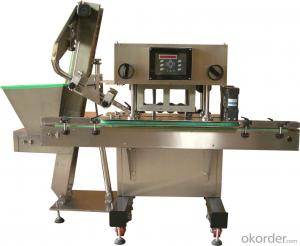Stainless Steel Food Jar
Stainless Steel Food Jar Related Searches
Stainless Steel Jar Stainless Steel Mason Jar Stainless Steel Food Storage Stainless Steel Food Warmer Stainless Steel Food Mill Stainless Steel Food Dehydrator Food Grade Stainless Steel Glass Jar Stainless Steel Lid Stainless Steel Food Processor Stainless Steel Kitchenware Stainless Steel Canister Stainless Steel Toaster Stainless Steel Door Stainless Steel Casserole Stainless Steel Soup Ladle Stainless Steel Appliance Stainless Steel Bar Stool Stainless Steel Flask Kitchen Stainless Steel Stainless Steel Storage Stainless Steel Canteen Stainless Steel Vase Stainless Steel Straw Stainless Steel Tupperware Stainless Steel Jug Stainless Steel Storage Tank Stainless Steel Chair Stainless Steel Ladle Stainless Steel Popcorn Popper Stainless Steel HeaterStainless Steel Food Jar Supplier & Manufacturer from China
Stainless steel food jars are a popular choice for food storage due to their durability, rust resistance, and ability to maintain the freshness of the contents. These jars are made from high-quality stainless steel materials, ensuring that they are both eco-friendly and safe for storing a variety of food items. The airtight seal provided by these jars helps to prevent any contamination or spoilage, making them ideal for preserving food for extended periods.The stainless steel food jar is widely used in various scenarios, including home kitchens, outdoor activities, and even in professional food service settings. They are perfect for storing leftovers, picnic food, or even as a stylish and practical container for lunch. These jars are also great for preserving homemade jams, sauces, and pickles, ensuring that the flavors remain intact and the food stays fresh. Their versatility makes them a must-have item for any food enthusiast or professional chef.
Okorder.com is a leading wholesale supplier of stainless steel food jars, boasting a large inventory of these high-quality products. We offer a wide range of sizes and designs to cater to the diverse needs of our customers. Our commitment to providing exceptional customer service and competitive pricing has made us a trusted source for stainless steel food jars worldwide. Whether you're looking to stock up for personal use or need a bulk order for your business, Okorder.com is the go-to destination for all your stainless steel food jar needs.
Hot Products



